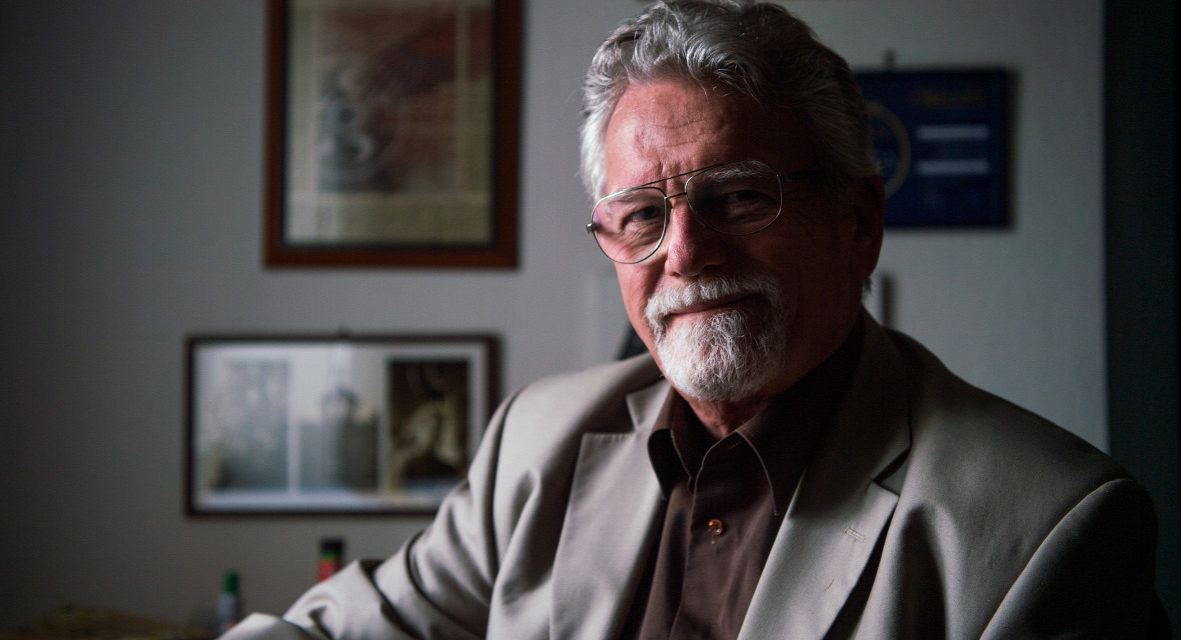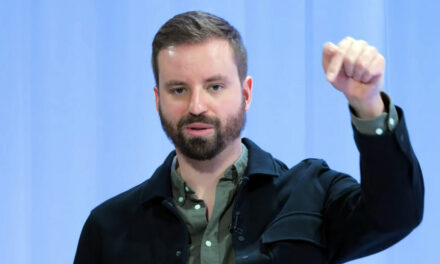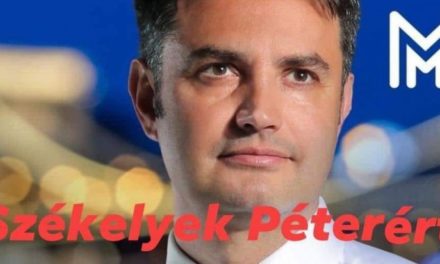Marcell Jankovics, honorary president of the Hungarian Academy of Arts (MMA), national artist, cartoon director, graphic artist, book illustrator, and cultural historian, died at the age of 80, the MMA told MTI on Saturday.
The Kossuth and Béla Balázs award-winning artist died on Saturday morning. Marcell Jankovics is considered by the Hungarian Academy of Arts to be its own dead man.
Jankovics owes Marcell's popularity to his community-building, positive spirit, in addition to his well-known animated films. Due to his relaxed presentation style and confident professional knowledge, he deservedly became popular, a defining personality of Hungarian culture - read in MMA's praise
Jankovics Marcell was a visual artist, a public figure, a researcher of folktales, a thinker with a Renaissance education, whose work was incomparably diverse and wide-ranging. His life's work remains a defining part of Hungarian culture, the announcement states.
Marcell Jankovics was born in 1941 in Budapest. His family was relocated to Öcsöd in 1951, from where they could only return in 1953. He graduated from the Benedictine high school in Pannonhalm and twice applied to the Faculty of Architecture in Budapest, but was not accepted because of his father's "sins". In 1959 and 1960, he worked in the Materials Testing Laboratory of the Power Plant Repair and Maintenance Company. He was able to move forward thanks to this job: a colleague "directed" him to Pannónia Filmvállalat (later Pannónia Filmstúdió, then Pannóniafilm Kft.).
At the start of his career, he became acquainted with the creative methods of three important artists: József Nepp's humor that validates image, sound and thought as a unity, György Kovásznai's approach to painting, his layered, artful collage animation that juxtaposes pictorial ideas, and Gyula Macskássy's characteristically concise, clear representation.
In 1965, he was appointed director, until 1968 he produced the cartoon series Gusztáv with Attila Dargay and József Nepp. Its trajectory curved straight up. In 1973, the first full-length cartoon, János vítéz, was completed, which is a milestone in the history of Hungarian cartoons. Consistent dramaturgy plays a prominent role in the film, as in many other works.
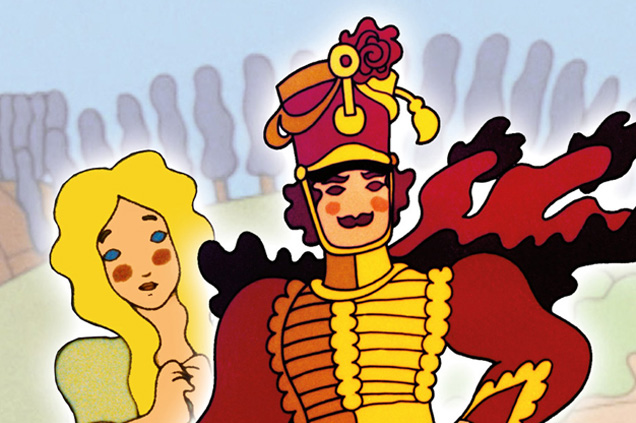
Photo: cultura.hu
New lifelong friendships were made with the brave János: they formed a strong spiritual community with ethnographer Mihály Hoppál, painter György Szemadám and historian Ferenc Szakály. Together with sculptor László Péterfy, architects György Csete and Imre Makovecz, psychiatrist András Kelemen, poet István Kovács, industrialist Imre Molnár and others, he founded the Március 15. Társaság in 1981, which, as a protest against the unfair awarding practices of the time, awarded private prizes to outstanding works of art for thirty years .
Marcell Jankovics didn't stop making short films either, winning numerous international professional competitions with them; his work Sisyphus was also nominated for an Oscar in 1974. In 1977, he produced his short film Küzdők (Golden Palm at Cannes). His three black-and-white short films – Mélyvíz, Sisyphus, Küzdők – can be considered parts of a kind of triptych, the themes are encoded in mythological allegories.
In 1977, he started the Hungarian folk tales series, which he managed as a screenwriter, director, and designer until 2002. Generations grew up on these folktale animations and became Hungarian. In the first, third and fifth series, he also created the character designs and the script. In the second and fourth, he is "only" as the main director, but he is called back again and again, and he has been considered the "spiritual father" of the series ever since.
Fehérlófia was presented in 1981, which brought international recognition.
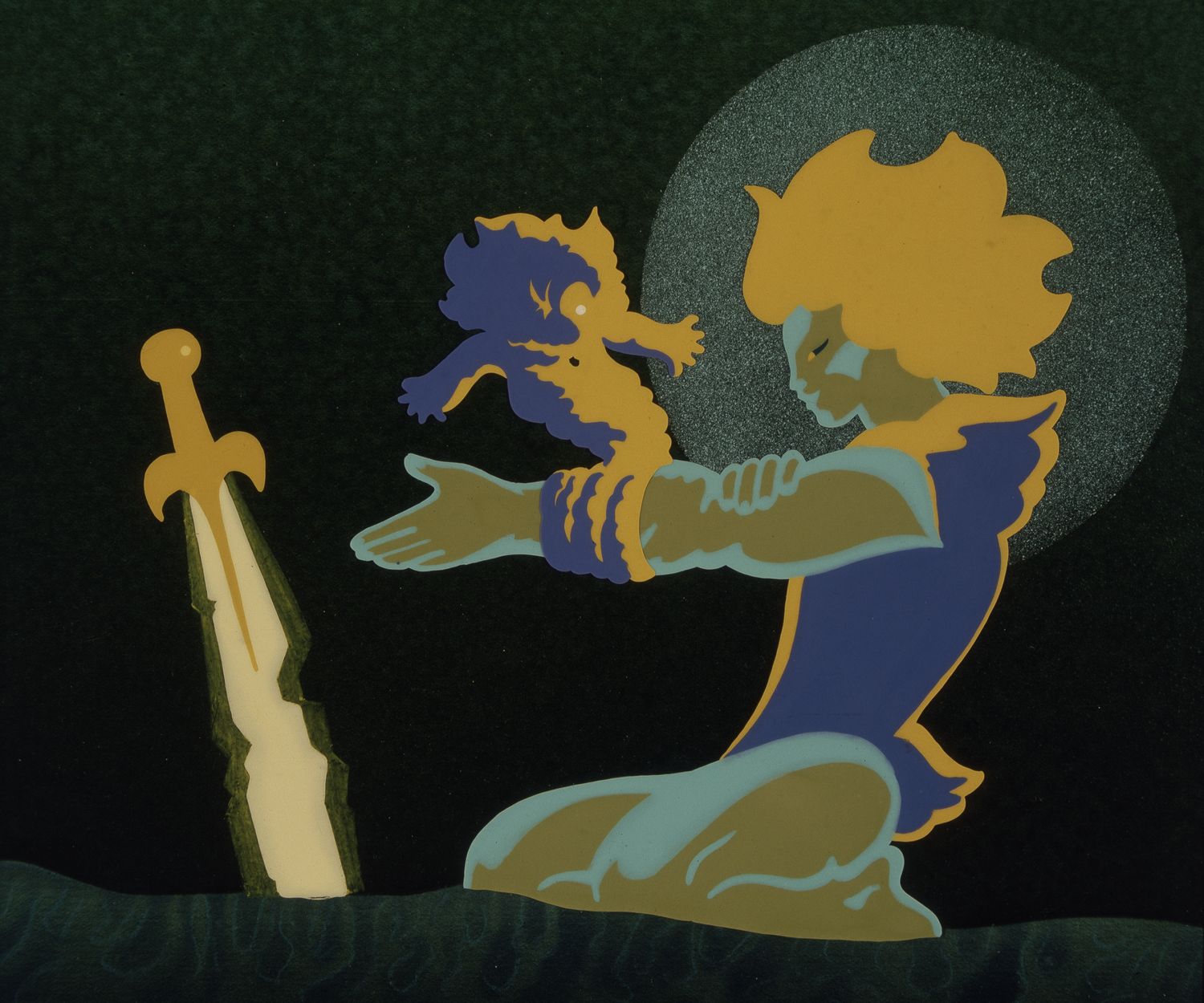
Source: filmarchiv.hu
After smaller animation works, the series "Tales from Hungarian History" was launched, which is based on the world of the Képes Krónika and whose main goal is to spread historical knowledge. His next feature film is The Song of the Deer (2002), which he made at the request of Levente Szörényi. His old plan was realized when The Tragedy of Man (2011) was completed. The 160-minute cartoon was made for 23 years, each color was drawn in a different style. In recent years, he has been involved in the animation of Toldi.
Marcell Jankovics' activities as a graphic artist and book illustrator were also decisive, and he also made a lasting impression as a cultural historian. He made cartoon posters, designed logos, illustrated storybooks and other works of fiction in addition to his own books. His articles, studies and numerous books have been published. In 2007, together with photographer Gábor Méry, he began to process the churches of the Highlands and their winged altars. His book on visual education, which he called one of his most important writings, was published in 2015. He was the co-author of the first five volumes of the Magyar Nagylexikon (1993-1997).
He was one of the founders of Duna Television. He also worked as a curator, spokesman, and chairman of the program board of the start-up television station.
He was invited to the jury of several international film festivals: Zagreb, New York, Tehran, Espinho, Ottawa, Oberhausen, Krakow, Hiroshima.
He received numerous awards: in 1974 he received the Béla Balázs Award, in 1978 the Kossuth Award, and in 2007 he received the Prima Pimissima Award. In 2013, he was awarded the Central Cross of the Hungarian Order of Merit with a star, and since 2014 he has been an artist of the nation. In 2019, he received the public media's lifetime achievement award, the Sándor Csoóri Award. From 1998 to 2000, he was the president of the National Cultural Fund (NKA), and in 2010 he was the president of the NKA. He joined the MMA association in 1993. From November 5, 2011, with the promotion of MMA to the rank of a public body, the membership elected him to the presidency. Between 2014 and 2020, he became the vice-president of the MMA, and from 2020 he became the honorary president of the public body.
about the exceptional work of the Cannes Palme d'Or-nominated artist here.
Source and featured photo: origo.hu

